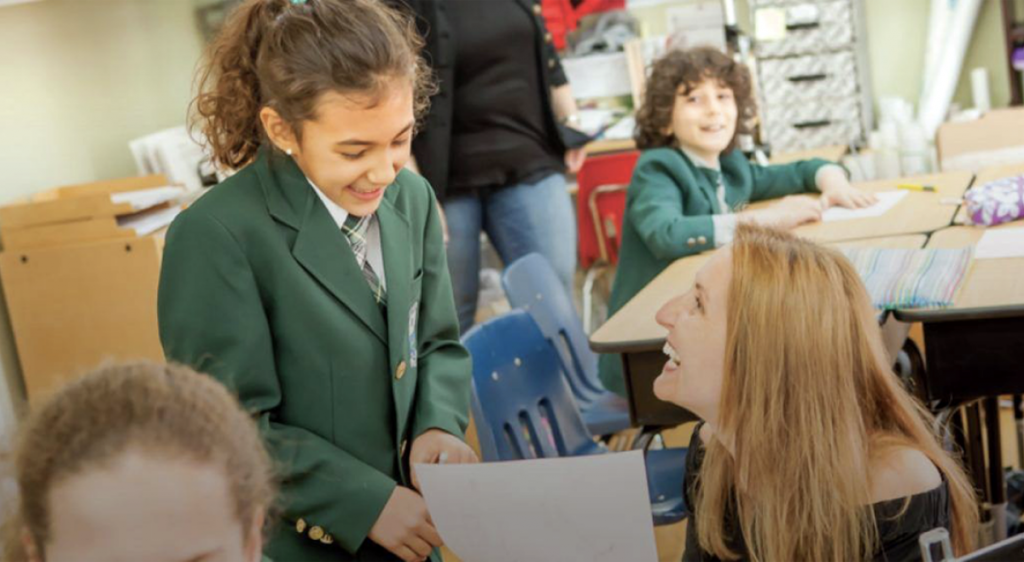
In the majority of today’s traditional schools, teaching is mainly done via teacher instructing students in a large group in front of a class. In a Montessori school students learn concepts as they work independently with the many self-correcting materials in the classroom, under the guidance of their teacher. The learning environment is non-competitive, allowing students to progress at their own pace. Students are provided with the opportunity to reach their full potential both emotionally, physically, socially and academically.
Children who have had a sound Montessori education are generally, self-motivated, self-disciplined, confident and have developed a love of learning. And as such, they are able to easily adjust to many new situations, including traditional school systems. It is strongly advised that should a transition be made to the traditional school system that it is done upon completion of the Casa Program or the Lower Elementary Program at a minimum.


